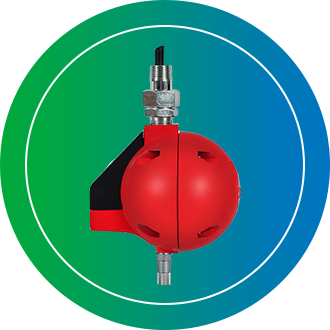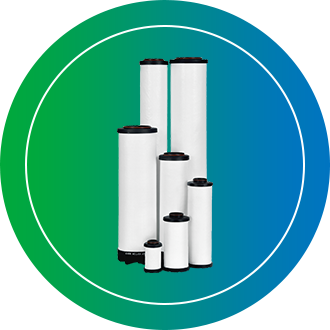Adsorption dryers use hygroscopic materials to remove moisture from air, with common materials being activated alumina, silica gel, and molecular sieves. Each desiccant has different properties and is chosen based on the required dryness level and operating conditions.
Activated Alumina: A highly porous and durable material that is widely used, especially when the pressure dew point is - 40℃ or higher. It can have a high adsorption capacity but is not ideal for achieving very deep drying.
Silica Gel: Known for its high moisture absorption capacity, it is recommended for applications requiring a pressure dew point between -40℃ and -60℃. While it has a low mechanical strength, it can absorb up to 40% of its mass in water.
Molecular Sieves: These are synthetic desiccants with uniform pore sizes that allow for the selective adsorption of specific molecules. They have a significantly higher adsorption capacity than activated alumina and are necessary for achieving deep drying to very low dew points (e.g., -70℃)
Combinations: Sometimes, a combination of these materials is used, with materials like alumina or silica gel used for pre-drying and molecular sieves for eliminating residual moisture to achieve higher performance.







